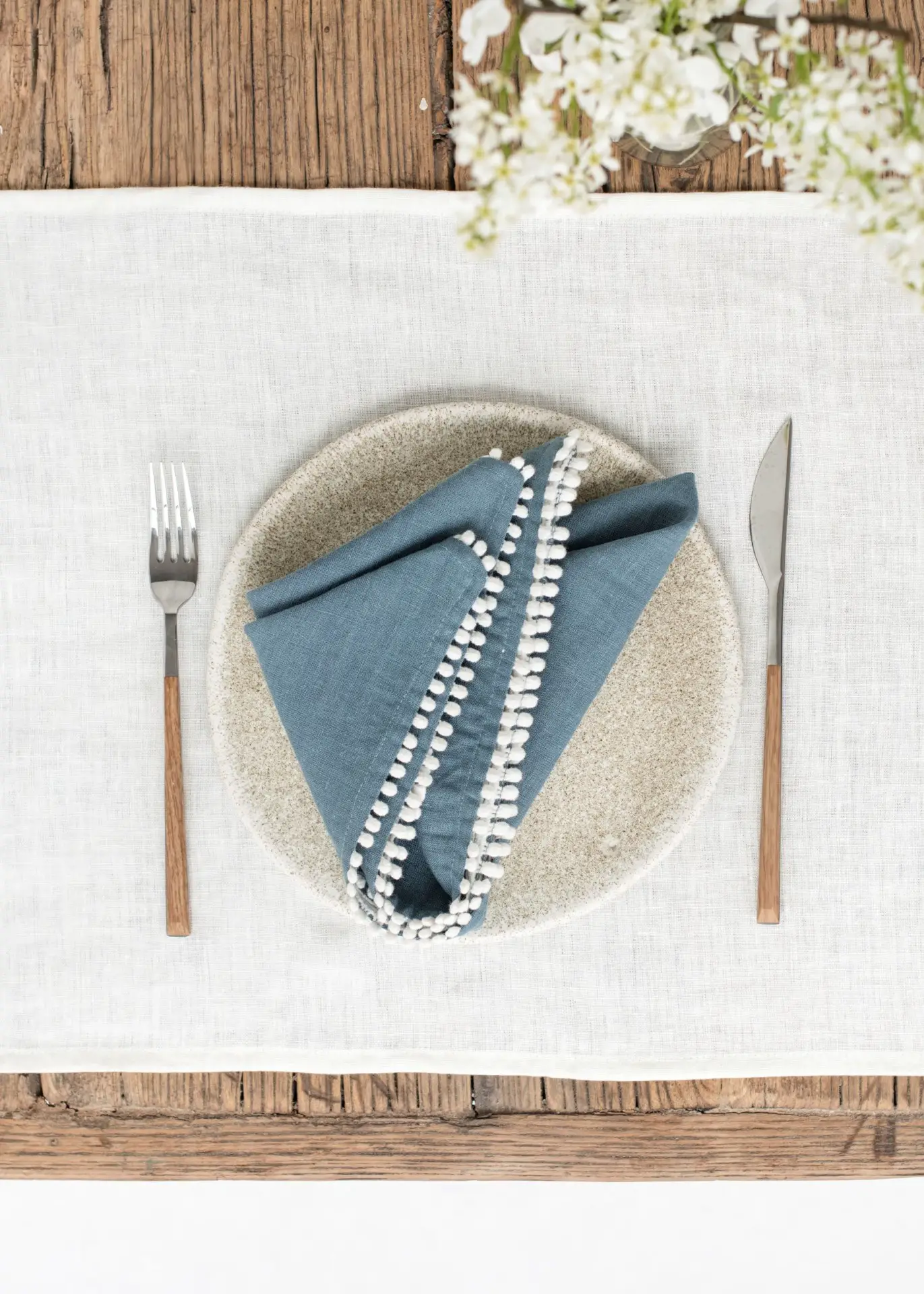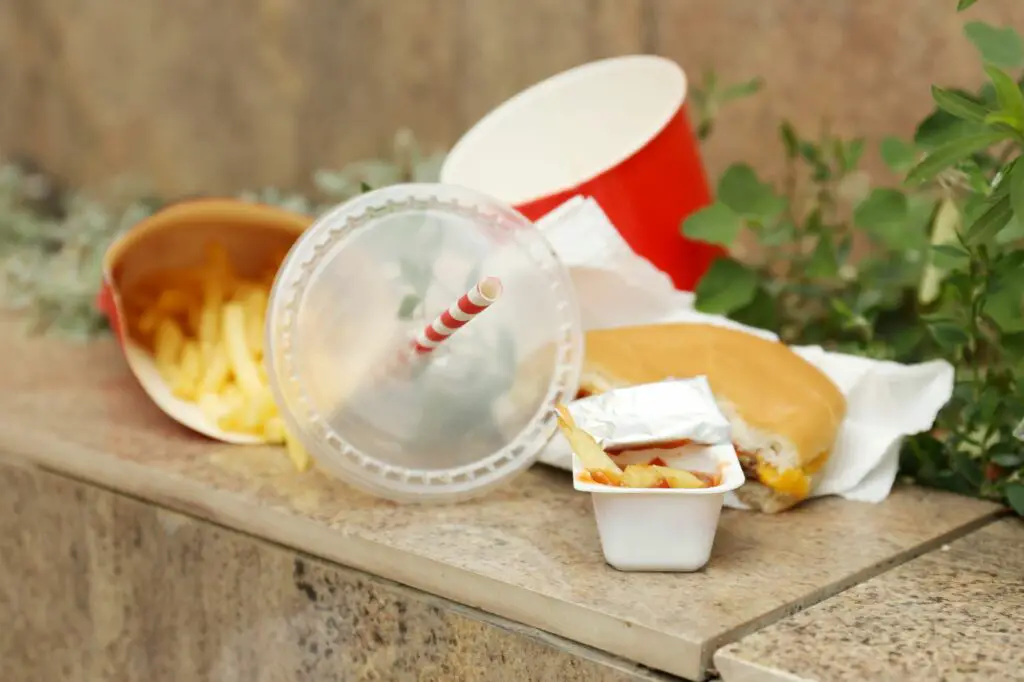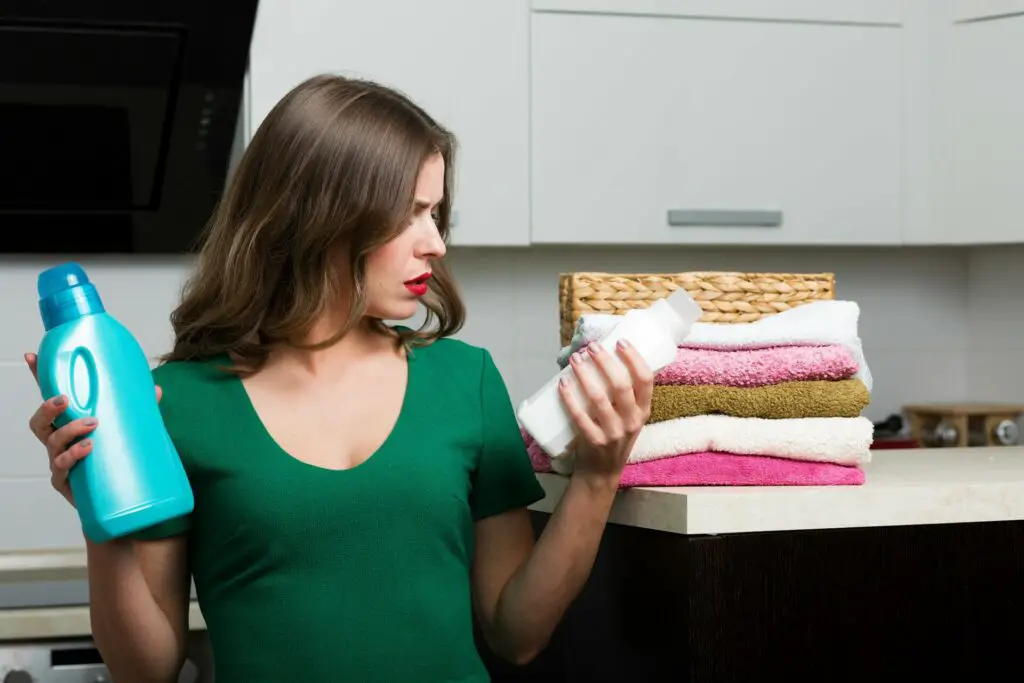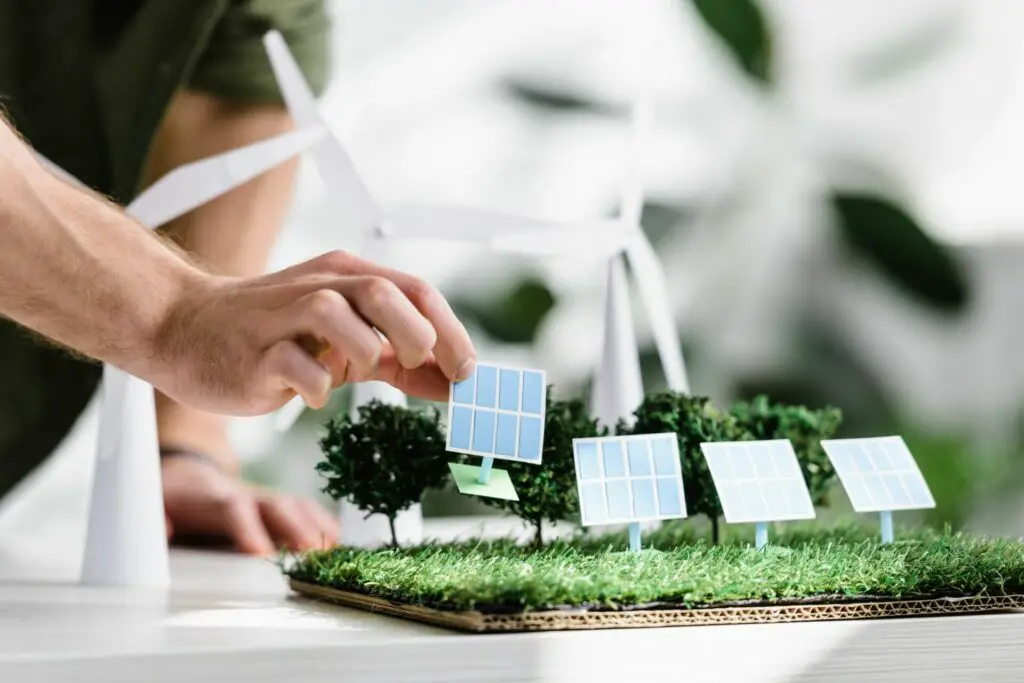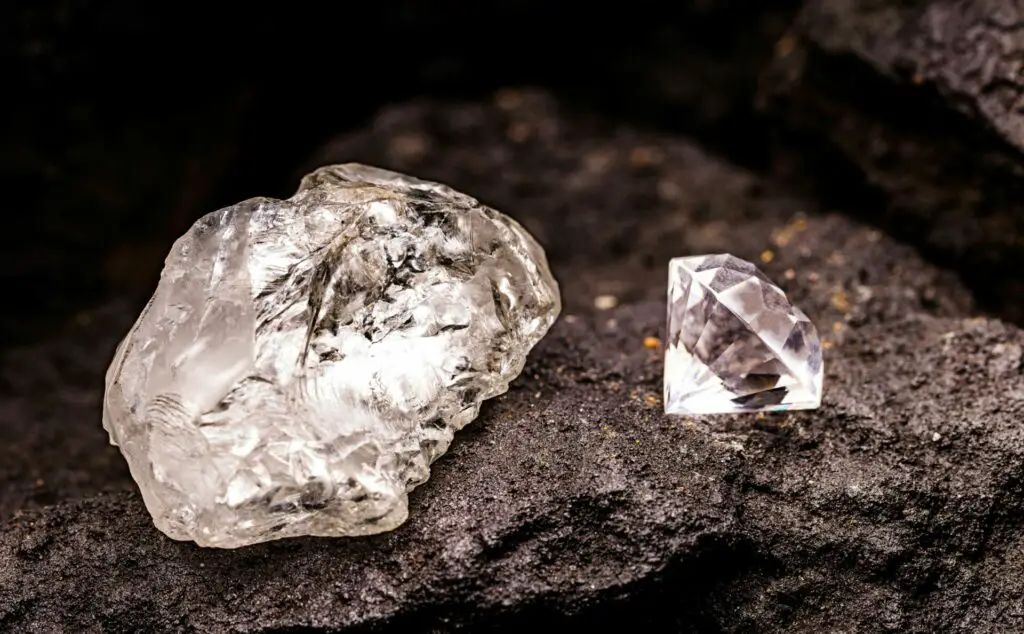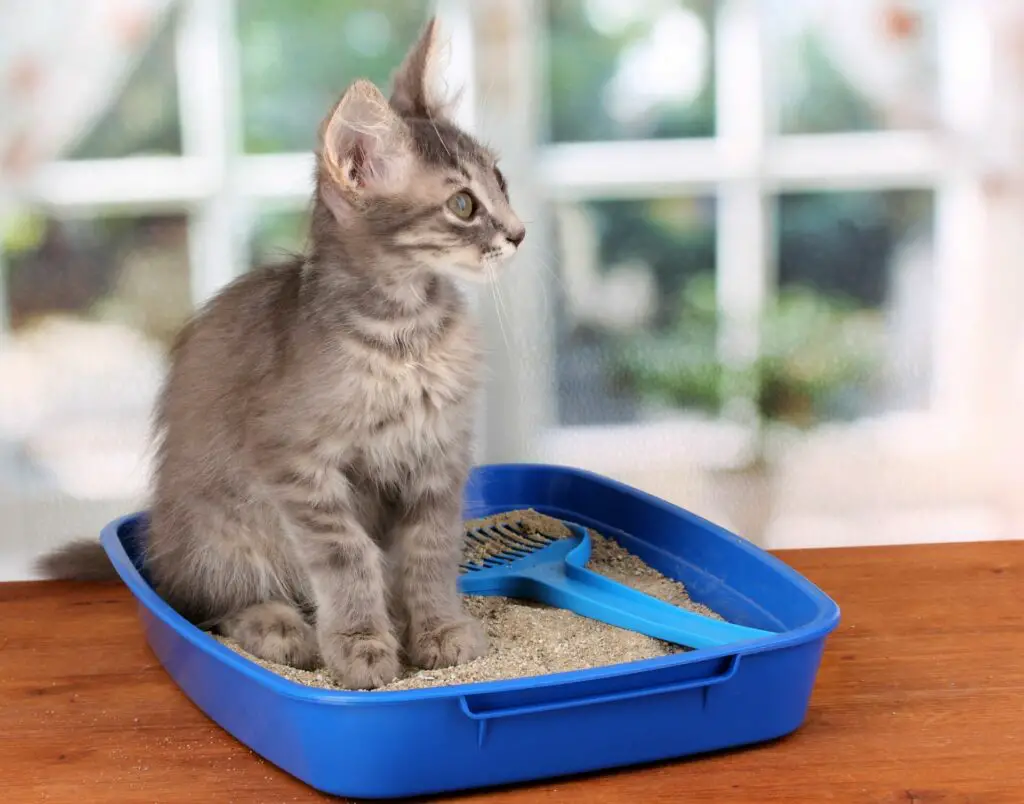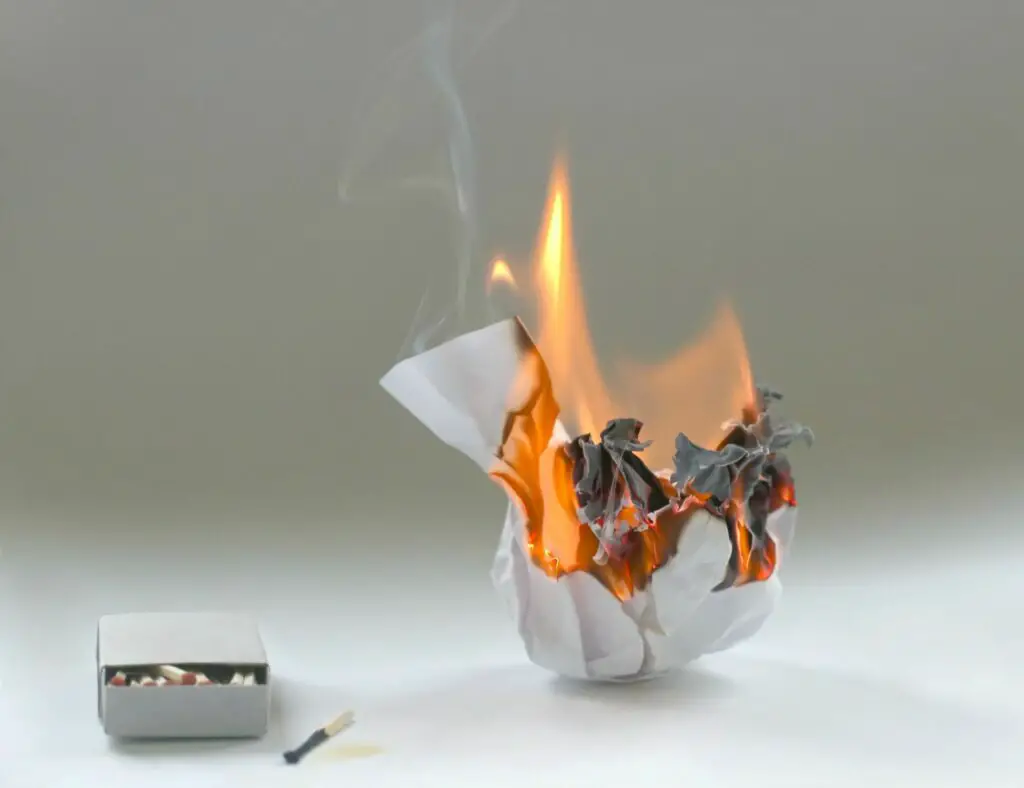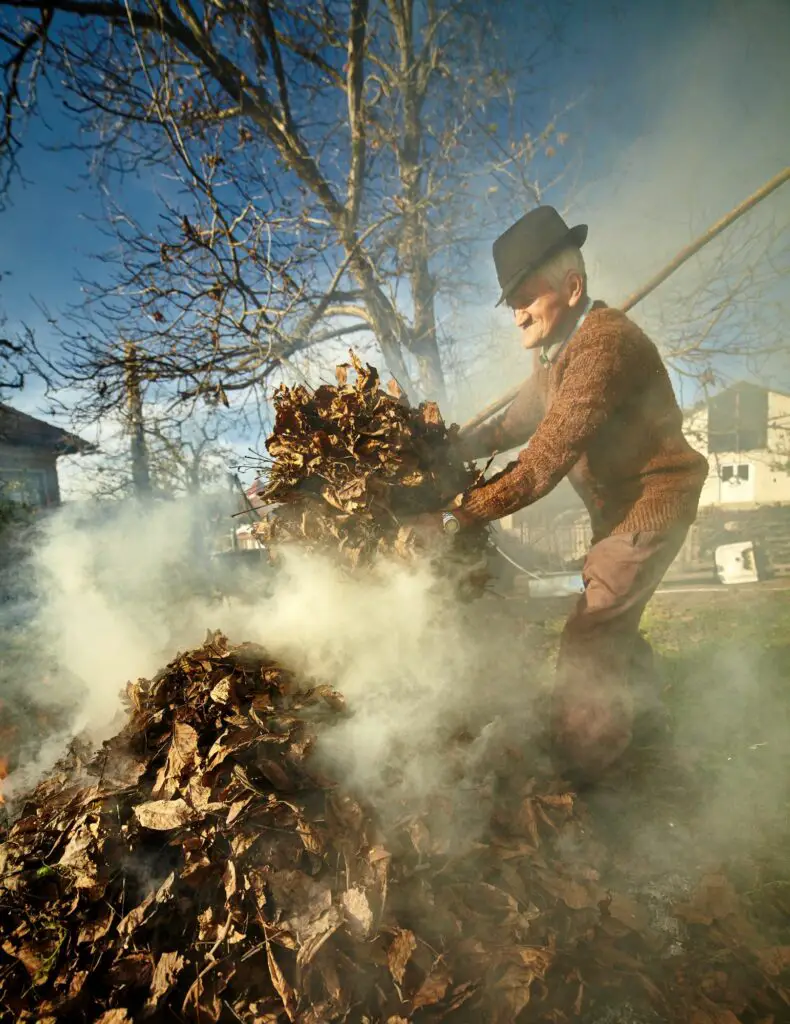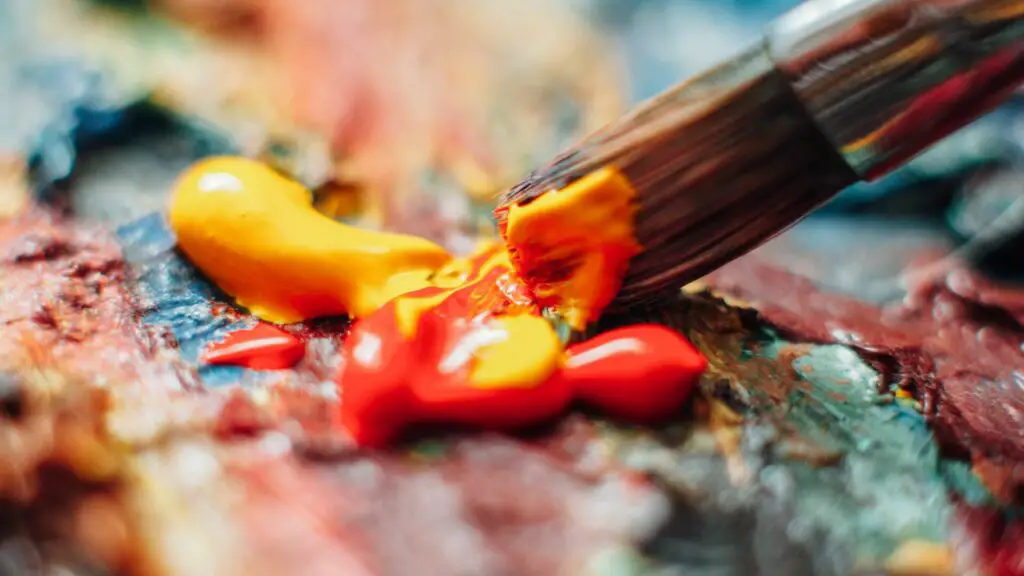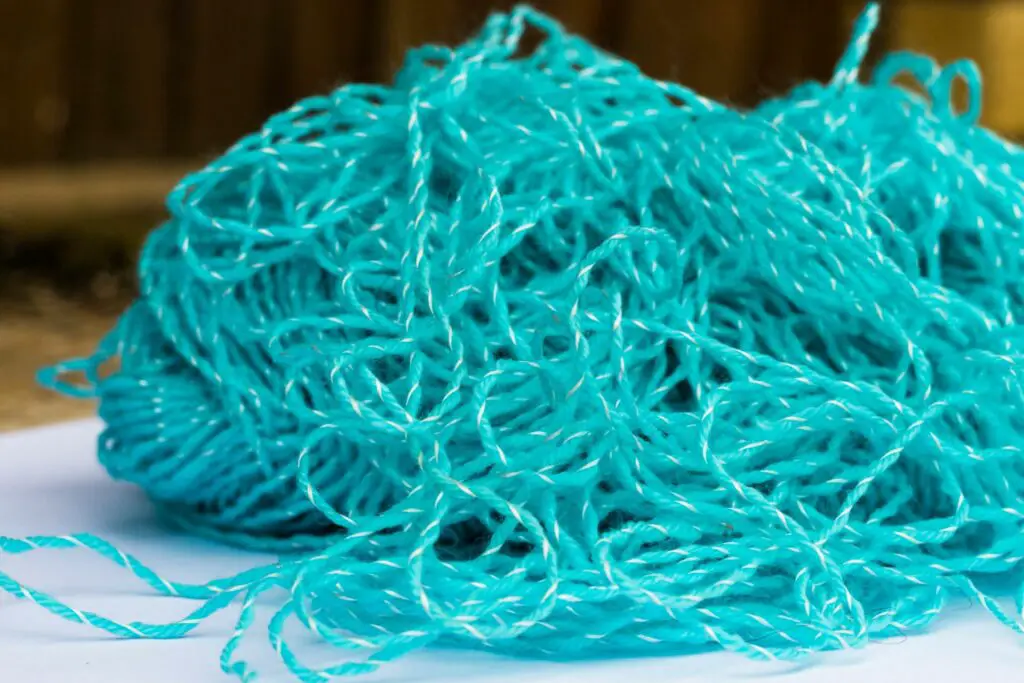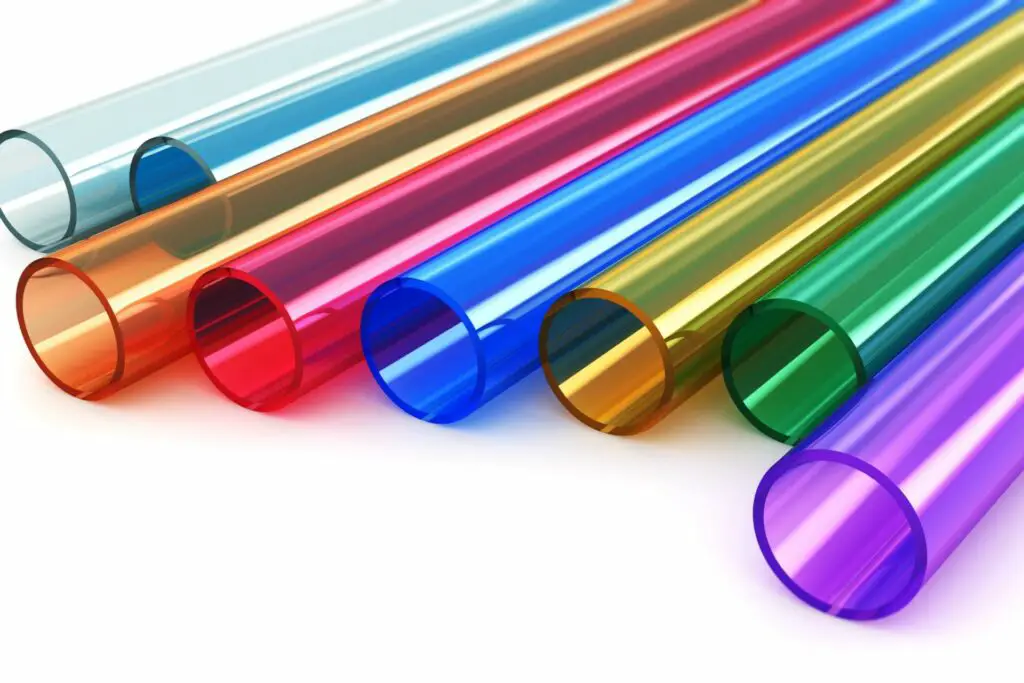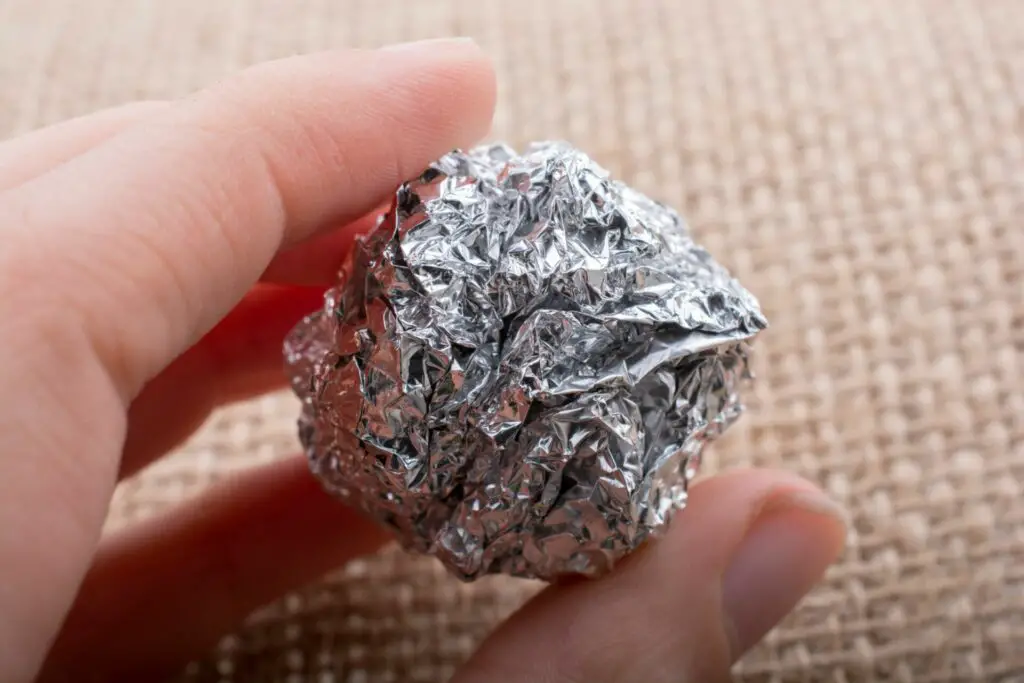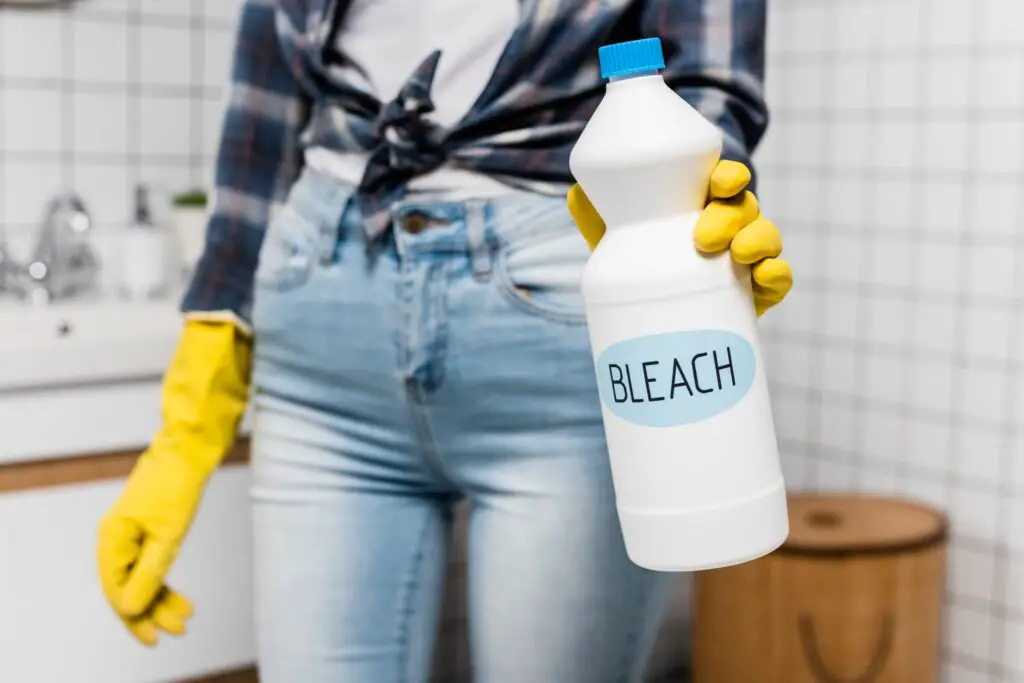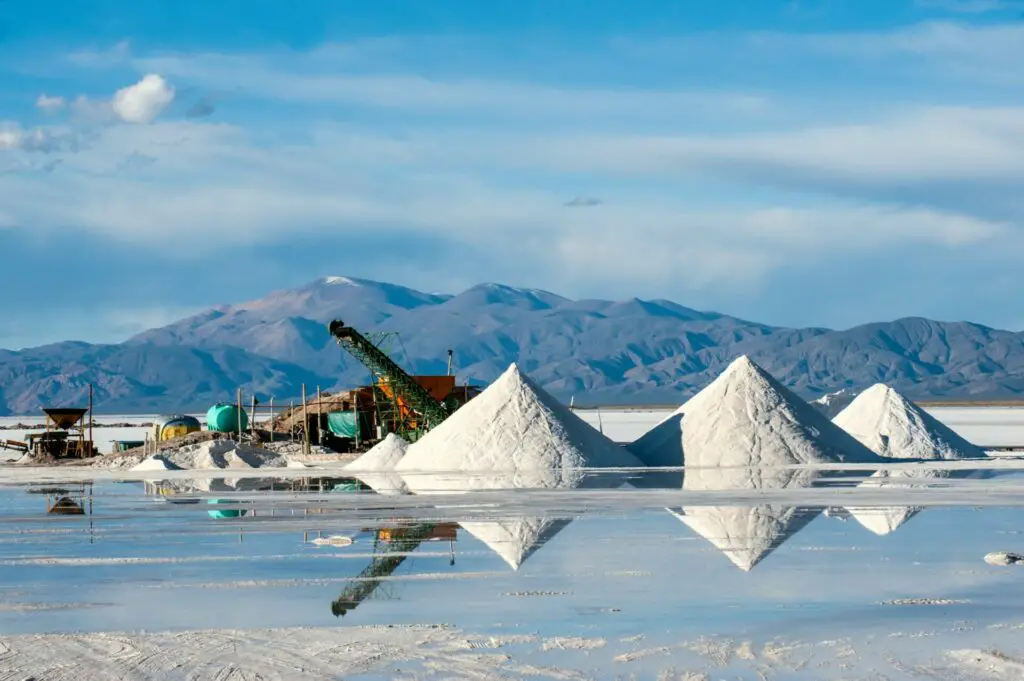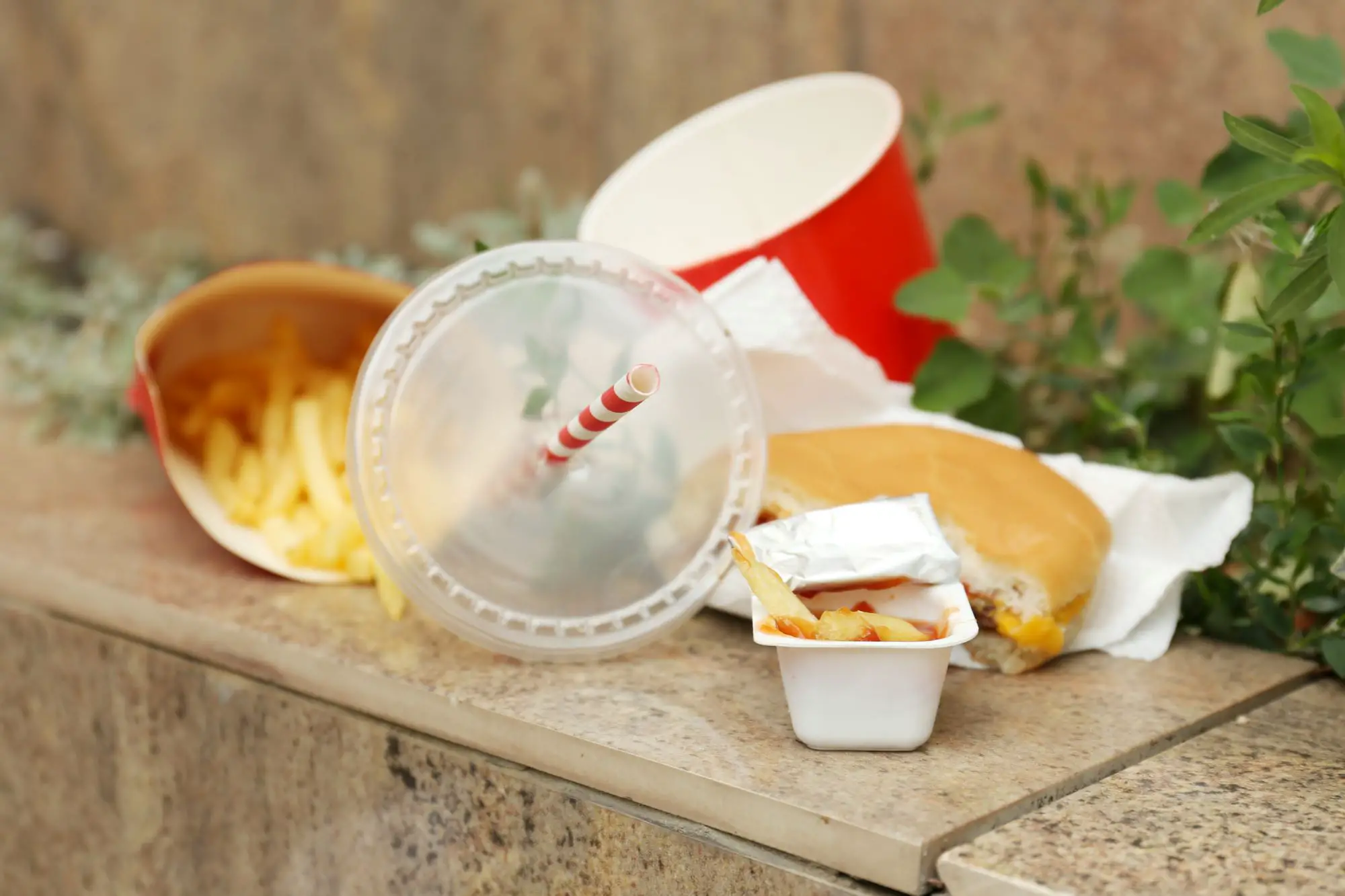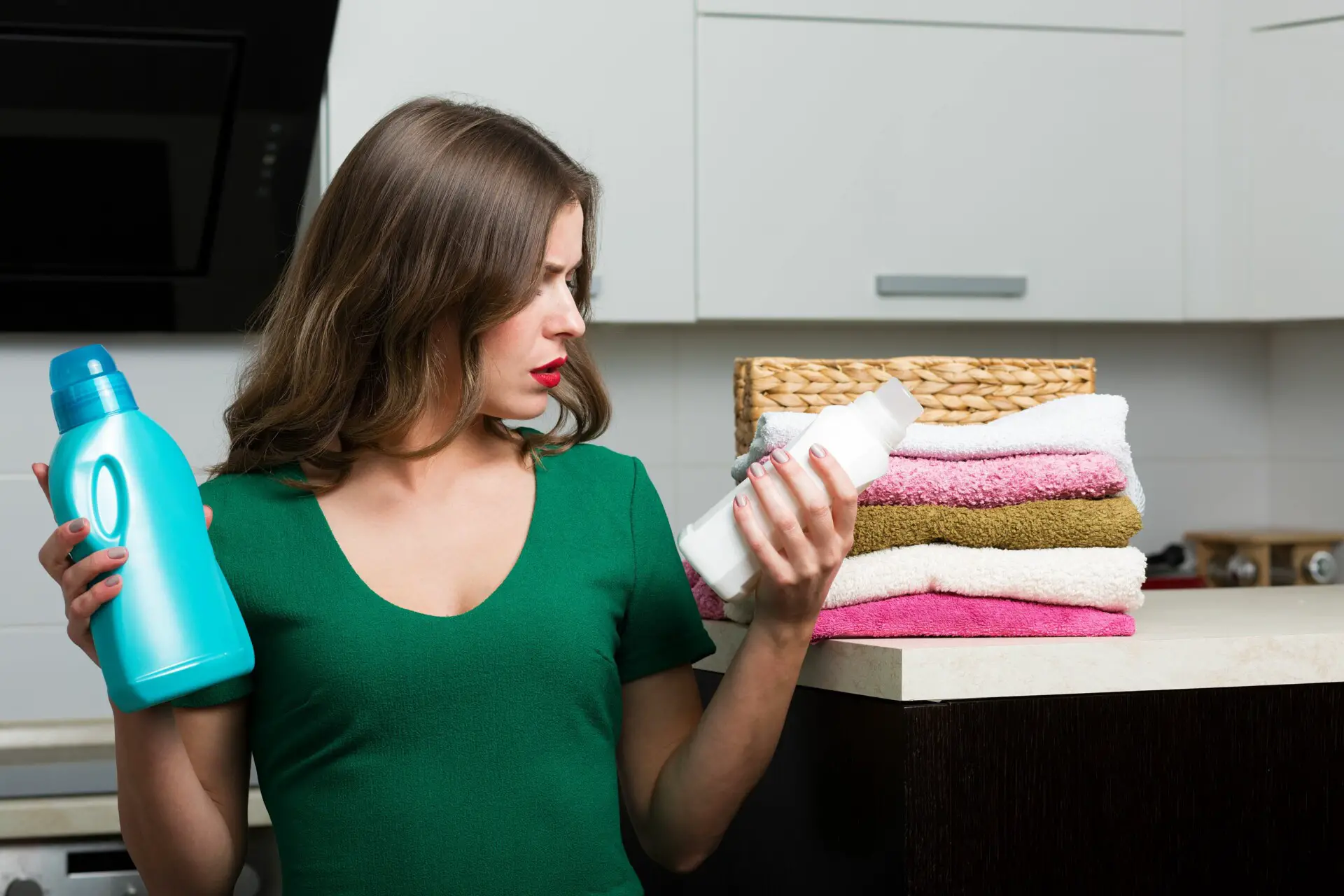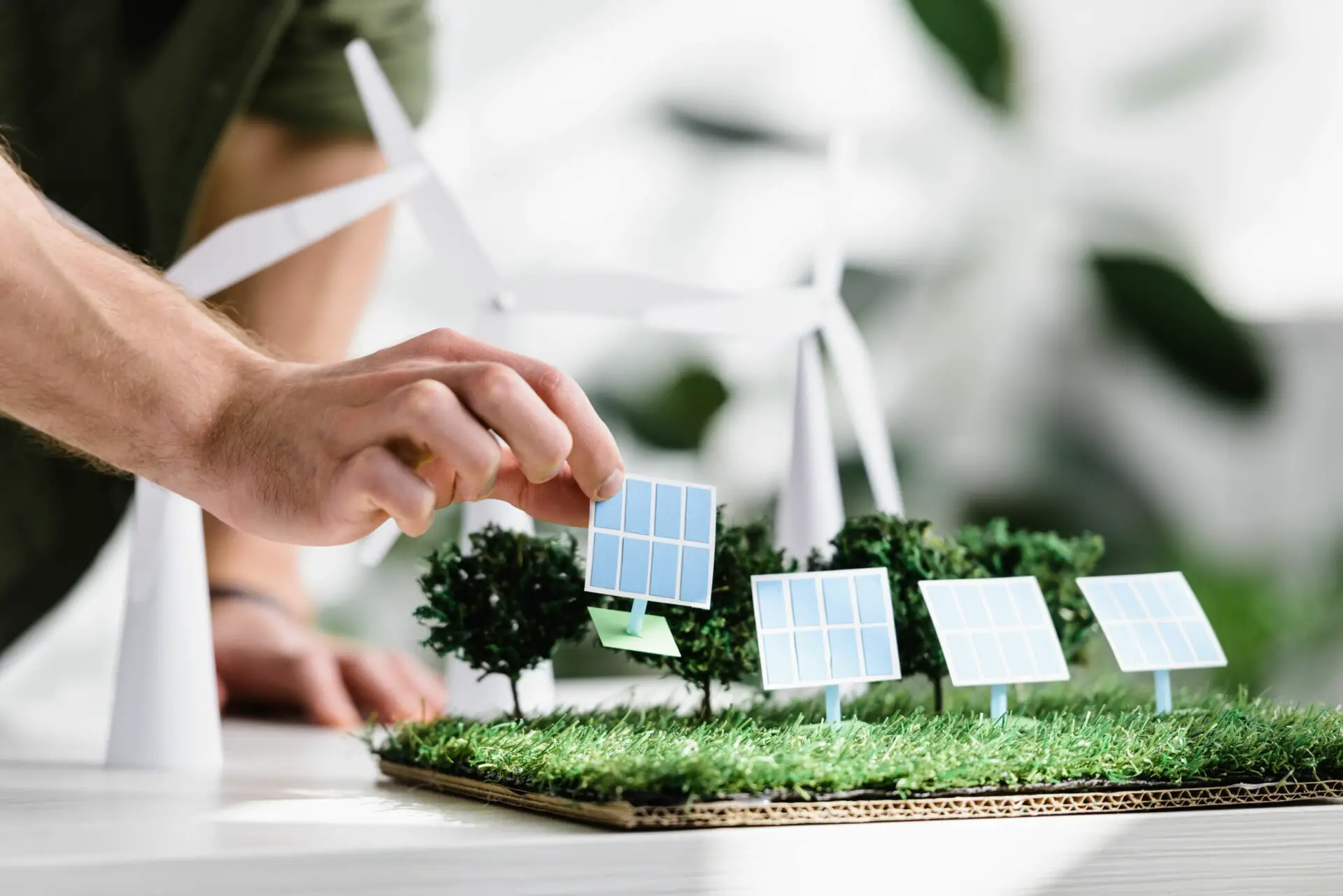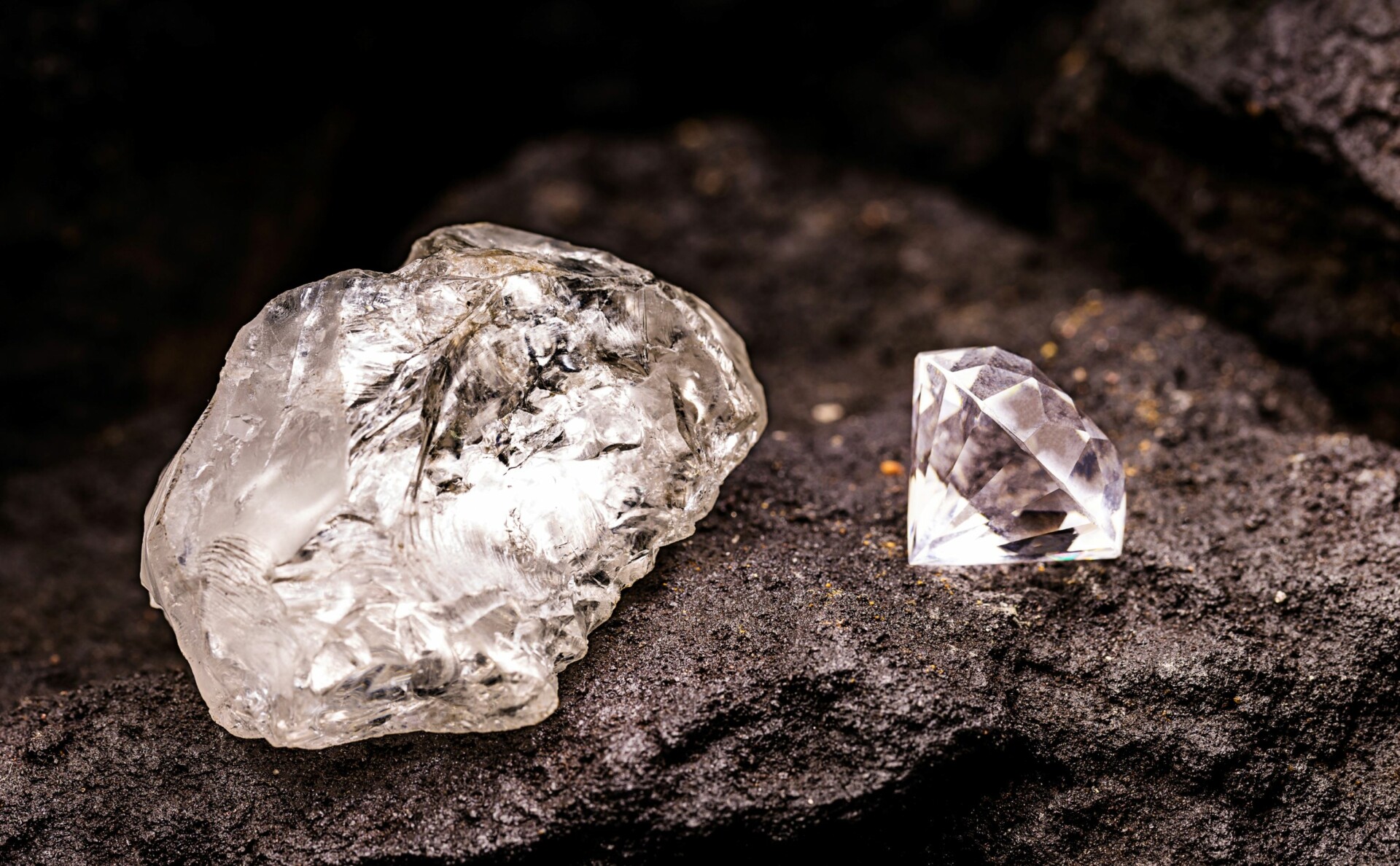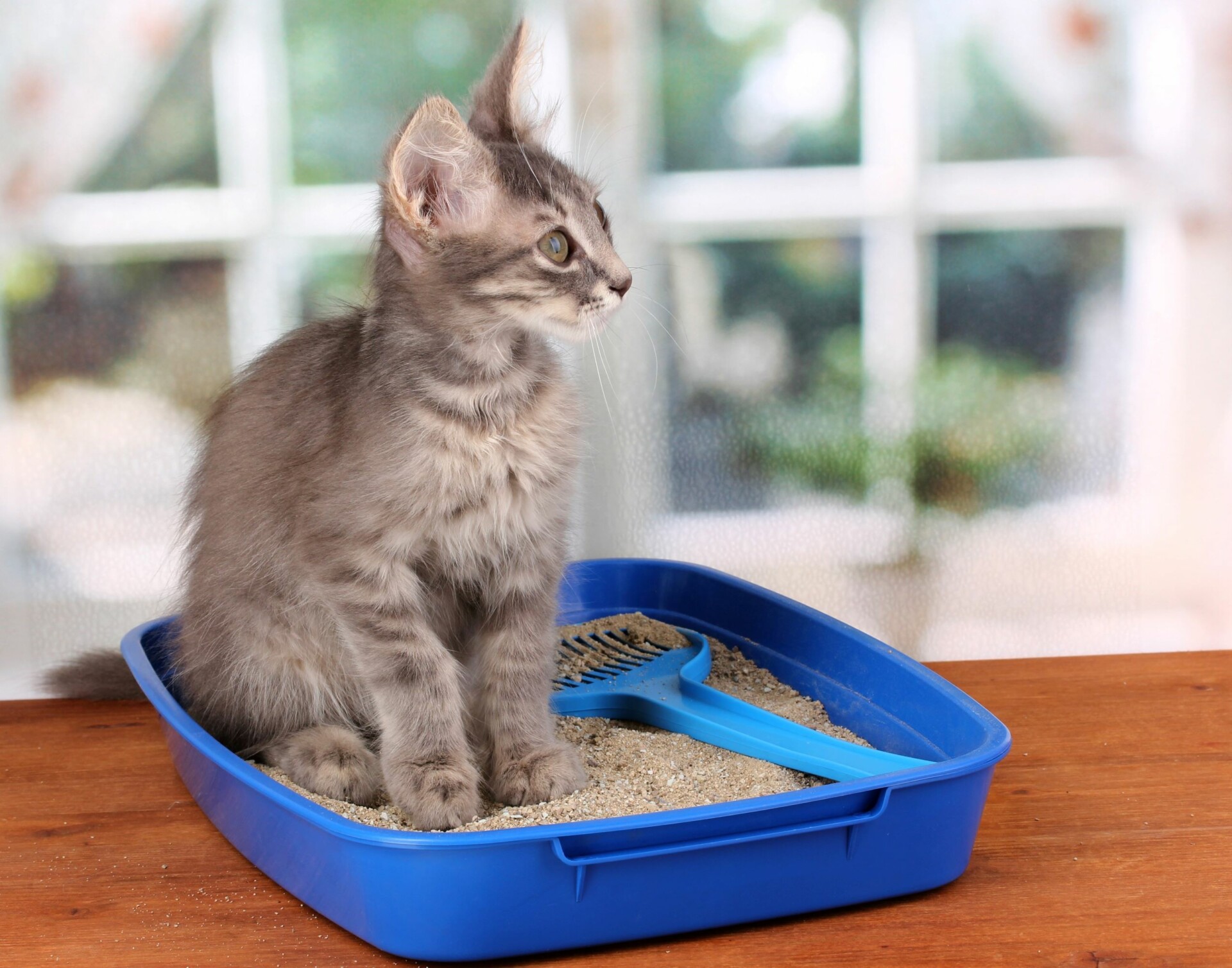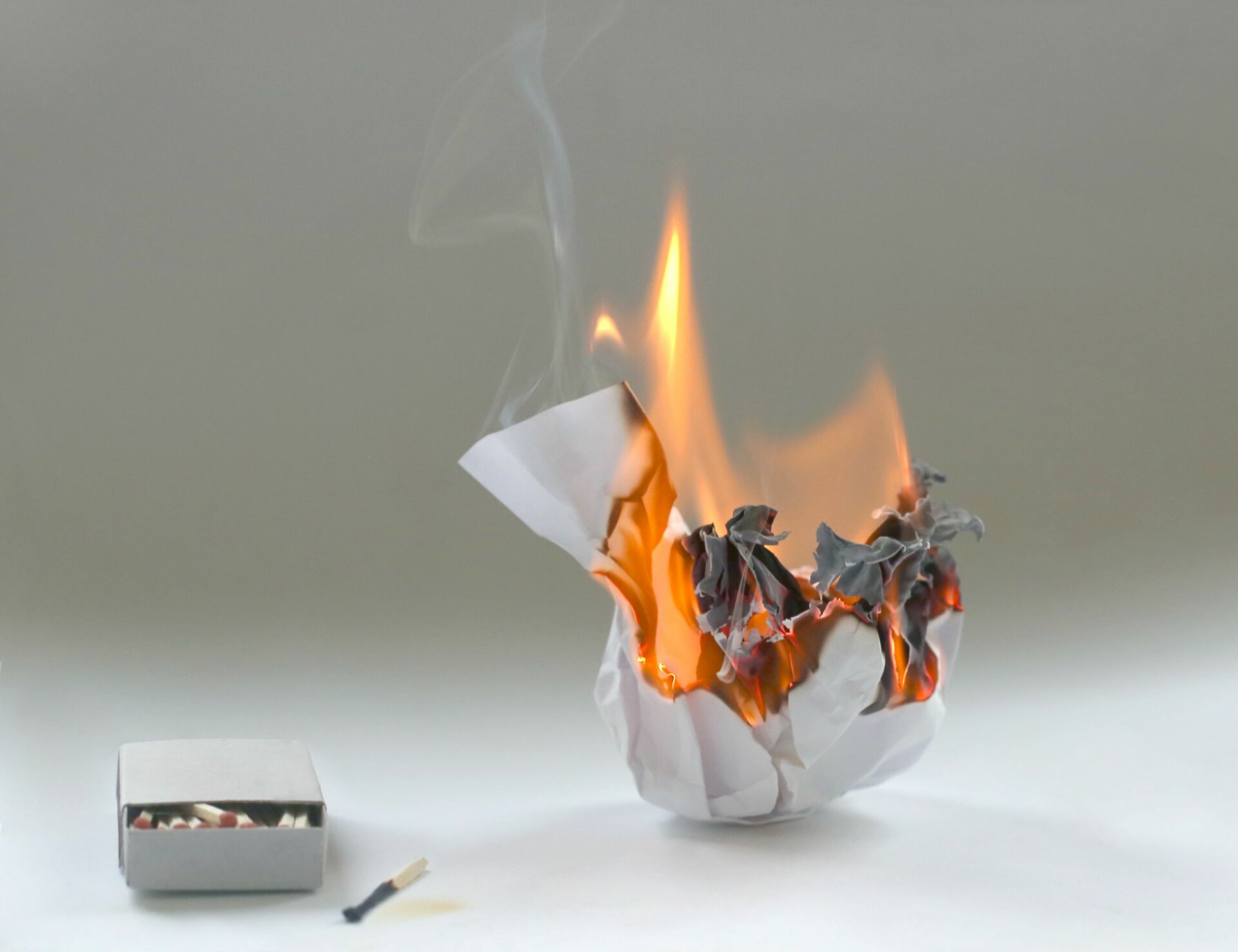Of all the textiles available, why is linen celebrated as the eco-friendliest?
Linen is a natural cloth that comes from the fibers of the flax plant.
Flax is a resistant crop that requires few to no pesticides, herbicides, fertilizers, or irrigation systems.
Give flax a plot of land and a little rainwater, and you’ve got the makings of durable fabric.
Linen is used to make clothes, bags, bedsheets, towels, duvet covers, and curtains.
Thanks to its antibacterial qualities, it’s popular for the kitchen and dining room – aprons, tablecloths, table runners, chair covers, and napkins.
Linen napkins let you ditch single-use paper napkins and make your dining habits a little more sustainable without sacrificing luxury.
Are Paper or Cloth Napkins More Environmentally Friendly?
Cloth napkins require water and electricity for the washing process, whereas paper napkins are single-use.
So, which is more sustainable in the long term?
Let’s examine the pros and cons of each.
What Do We Know About Paper Napkins?
Let’s have a look at the arguments for and against paper napkins:
Paper Napkin Pros
- Many brands of paper napkins are already using 100% recycled paper.
- If you’re willing to look for them, you aren’t hard-pressed to find paper napkins made of recycled material without chlorine, dyes, or fragrances.
- Making paper napkins produces less greenhouse gas emissions and wastes less water than producing cloth napkins.
- Natural (chemical-free, dye-free) paper napkins are biodegradable. So, you can and should tear them into smaller pieces and place them in your compost.
Paper Napkin Cons
- Despite being made of recycled paper, many brands use bleach and other harmful chemicals to sterilize their napkins.
- Because recycled paper napkins are nearing the end of the recycling line, their fibers are thin and short, causing them to tear easily.
- Paper napkins are single-use and therefore they’re produced more frequently than cloth napkins. Meaning their production emits more greenhouse gas and wastes more water in the long run.
- If you’ve used your paper napkin to wipe down a table or counter with a chemical cleaning agent, you can’t compost them.
What Do We Know About Cloth Napkins?
The impact that cloth napkins have on the environment depends on:
- what it’s made of
- how it’s farmed
- how it’s manufactured
- how it’s shipped, and
- the company’s commitment to sustainability.
Cloth Napkin Cons
- As stated above, the initial production of cloth napkins emits more greenhouse gas and wastes more water.
- If you machine-wash your cloth napkins, the washing machine uses energy, and if you use the dryer, even more so.
- If we wash our cloth napkins with detergents that contain phosphates and surfactants, each wash contributes to the contamination and degradation of our waterways and marine life.
Cloth Napkin Pros
- Cloth napkins emit more greenhouse gas during the initial production process. You have to take into consideration the fact that single-use paper napkins are produced more often.
Whereas your cloth napkins undergo production once and then last repeated use for years.
- To off-set the energy used by the washing machine and the dryer, you can set your washing machine to cold water and line dry your napkins.
You could even hand wash your napkins. They’re small, so it’s quick and easy.
- To keep washing detergents from contaminating water sources, you can use a biodegradable laundry detergent free from phosphates and surfactants.
- There are options for cloth napkins that are 100% natural and organic, free from synthetic fibers and harmful chemicals and dyes.
- You can implement the reduce, reuse, recycle principle, and instead of making a purchase, you can sew home-made cloth napkins from unused textiles around the house.
Who’s the Winner: Paper or Cloth Napkins?
Energy and sustainability management consultant, Pablo Päster, calculated greenhouse gas emissions during production as well as the water wasted during production.
He then calculated the water and electricity that’s used for washing cloth napkins in a washing machine over a year.
He concluded the clear winner for use at home is the cloth napkins made of organic cotton or organic linen.
But, he adds, for the foodservice industry it’s better to use paper napkins made of recycled materials without dyes and fragrances.
This is because cloth napkins at restaurants are washed frequently with bleach, and their constant use makes them wear out quicker.
What to Look for When Buying Cloth Napkins
The most sustainable thing you can do is avoid making a purchase altogether.
If you have unused textiles at home, like old clothes, that you can reuse/recycle – turn them into cloth napkins!
But, understandably, you want a nice, matching set to use when you have guests over.
In that case, there are specific qualities you should be shopping for because not all cloth napkins are equally sustainable.
- Whether cotton, linen, or hemp, make sure your napkins are made from 100% natural material.
If your napkins have been interwoven with synthetic fibers like nylon or polyester, they will release microfibers in the washing process which is a non-biodegradable pollutant.
- Look for sustainable/ethical certifications by reliable certification bodies, like GOTS and Okeo-Tex.
These sustainability certifications demonstrate that your napkins have gone through a rigorous auditing process, proving that their farming and manufacturing processes uphold specific sustainability and ethical standards.
These certifications can tell you the three most important things you want to know about a product:
Is it made from organically grown crops?
Is it free from harmful chemicals/dyes?
And is it fair trade?
- Small businesses might not have the budget to get certified, but that doesn’t mean they aren’t making an eco-effort.
Be sure to do your due diligence here, research who you’re buying from.
If they’re committed to sustainability, they’ll be happy to share their transparent process and sourcing.
If they’re resistant to disclose their sustainability details, go elsewhere.
Are Linen or Cotton Napkins Better?
Again, the best fabric for napkins is any fabric remnants that you already have in your home.
But when you’re faced with an inevitable purchase, linen has a considerably lower environmental impact than cotton.
And it also has better quality all-around:
- Linen is long-lasting. It’s more durable than cotton and gets stronger with each wash.
- Flax is a resilient crop that requires fewer pesticides, herbicides, fungicides, and fertilizers than cotton.
- Flax grows on rainwater where cotton, by comparison, is usually highly irrigated and resource-intensive. This endangers local water sources.
- It’s an extra-absorbent napkin. Linen absorbs 20% of its weight in wetness without feeling damp.
- 85% of linen is produced in Western Europe where the rate of labor exploitation is low and the standard of living for farm and factory workers is higher than in the developing world.
- Linen is naturally antibacterial, perfect for a napkin considering it comes in contact with organic materials and then comes in contact with your skin again.
That being said, if organic linen napkins are not in your budget, don’t be put off from buying organic cotton napkins.
For your home, cotton napkins are still more sustainable than paper napkins.
And as long as you buy organic, Fairtrade certified cotton, you’re not contributing to labor exploitation nor the over-use of pesticides, herbicides, and fertilizers.
More and more sustainable cotton brands are beginning to source cotton from producers dedicated to reducing their wasteful use of water, and transitioning to rainwater. Look for those producers.
Are Linen Napkins Easy to Clean?
Linen is machine-washable and all-around easy to care for.
You should wash linen with like-color linen, separate from other fabrics, in cold water on a gentle cycle. Hot water can shrink the linen and weaken the fabric.
Avoid overloading the washing machine to reduce wrinkling. Always use a mild, liquid detergent. Never use bleach. And voila.
For more detailed instructions on drying your linen, read here.
How Do You Get Fresh Stains Out of Linen Napkins?
The best way to get stains out of your linen napkins is to tackle the stains as soon as they occur.
You can soak your stained napkins in water with a mild liquid detergent or wash them with club soda.
Another technique is to put liquid dish soap on the stain and massage the stained area, then wash your napkins normally.
How Do You Get Old Stains Out of Linen Napkins?
For those tougher, set-in stains you can try treating the stained area with baking soda and vinegar, and then dabbing the area.
Many stains will work their way out after being washed a few times.
How Do You Get the Smell Out of Cloth Napkins?
One of the wonderful things about 100% linen is that it’s breathable, meaning it doesn’t hold moisture.
Unlike synthetic fibers and cotton, linen doesn’t trap bad odors. Hallelujah.
But let’s say that your good linen napkins have been stored away, in a damp basement underneath polyester napkins that smell like an old pizza box.
Thanksgiving is coming up and you need to get the smell out. What do you do?
You can soak your napkins in water with ½ cup of baking soda before washing. Or you can add a ¼ cup of white vinegar during the rinse cycle and then air dry.
Let your linen napkins line dry outdoors for longer than usual, in the shade, in the breeze.
Letting your linens get some sun is also a great remedy. But be sure to limit the time in the sun because this can fade the colors quite quickly, especially if your linen napkins have been sustainably dyed.
8 Sustainable Brands That Offer Linen Napkins
All the linen napkins listed here are 100% linen, made from flax plant fibers, and do not contain synthetic fibers.
1. Snowe
Belgian flax that’s been spun and hand-finished in Italy, these classy linen napkins offer multiple colors to choose from.
Shipped to you in paper-based, recyclable packing materials.
2. Baukjen
These linen napkins are made from organic flax grown in France, and woven at a carbon neutral mill in Belgium.
They haven’t been dyed so these 100% natural linen napkins are chemical-free and biodegradable.
Both the French farm and Belgian textile plant are GOTS (Global Organic Textile Standard) certified.
3. Coyuchi
These modern, GOTS Certified linen napkins are made of organic French flax that’s woven in Italy.
Made Safe Certified and also Fair Trade Certified, Coyuchi goes above and beyond to set an example in sustainable and responsible production.
Amazingly, all of their products are 100% organic. And they partner with FiberShed to promote carbon-neutral farming.
4. MagicLinen

Hand-made from OEKO-TEX certified linen, these napkins (alongside a variety of other table linens) are practical, sustainable, and classy.
They come in sets of two and you can purchase them in a wide range of colors.
MagicLinen also offers linen napkins with a pom pom trim for those who are in search of something a bit different.
5. Made Trade
These elegant, grey napkins have been stonewashed for an extra-soft texture. Handwoven by Fairtrade artisans in India, these napkins are made of Belgian Flax.
Made Trade is family-owned and family-run, they carbon offset 100% of shipping and returns.
6. Kingdom of Comfort
Hand-made, organic and Oeko-Tex Certified. Kingdom of Comfort’s linen napkins are grown, spun, and woven in Belarus. Choose from over 20 colors.
7. Rawganique
Organic, French linen napkins made from sustainably sourced flax.
The limited variety of colors is a result of Rawganique’s commitment to keeping dyes out of their products to ensure biodegradability.
8. Dyvoo
100% organic, Oeko-Tex certified European linen.
Conclusion
When it comes to making our homes more sustainable, cloth beats paper.
But surprisingly, Pablo Päster suggests that 100% recycled, non-dyed paper napkins are the best option for the food industry. Especially if they can create a compost system.
When you can, think in terms of ‘reduce, reuse, recycle’ and convert unused fabrics lying around your house into cloth napkins before making a purchase.
But when making a purchase is inescapable, linen has a considerably lower environmental impact than cotton.
When shopping for sustainable linen napkins, remember:
- To avoid labor exploitation, choose Fairtrade Certified or napkins that are woven in developed countries with strict labor laws like the U.S., Australia, and Western Europe.
- Make sure your napkins are 100% linen and are not interwoven with synthetic fibers.
- When you can, give preference to organic certified, like the GOTS Certification.
You Might Also Like…
- Is Fast Food Bad for the Environment? (& What You Can Do)
- Is Fabric Softener Bad for the Environment? (+5 Eco-Friendly Options)
- Is Fuel Dumping Bad for the Environment? (& How Often It Happens)
- Is Electricity Generation Bad for the Environment? (What You Should Know)
- Is Dry Cleaning Bad for the Environment? (4 Surprising Facts)
- Is Diamond Mining Bad for the Environment? (Important Facts)
- Is DEET Bad for the Environment? 4 Effects (You Should Know)
- Is Cat Litter Bad for the Environment? (5 Common Questions)
- Is Burning Cardboard Bad for the Environment? (6 Facts)
- Is Burning Paper Bad for the Environment? (6 Surprising Facts)
- Is Burning Leaves Bad for the Environment? (7 Quick Facts)
- 4 Natural Cleaners for Quartz Countertops
- 6 Eco-Friendly Acrylic Paint Brands (For Sustainable Artists)
- 5 Eco-friendly Alternatives to Acrylic Paint (& How to Make Them)
- Is Acrylic Paint Bad for the Environment? (7 Quick Facts)
- Is Acrylic Yarn Bad for the Environment? 8 Crucial Facts
- Is Acrylic Bad for the Environment? (8 Quick Facts)
- Is Aluminum Foil Bad for the Environment? 7 Quick Facts
- Is Bleach Bad for the Environment? 6 Crucial Facts
- Is Lithium Mining Bad for the Environment? 6 Crucial Facts

